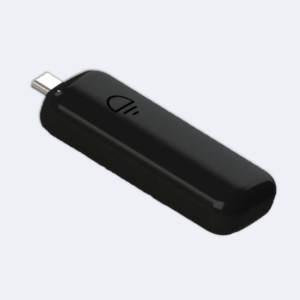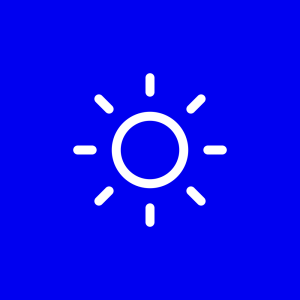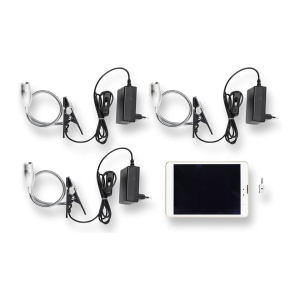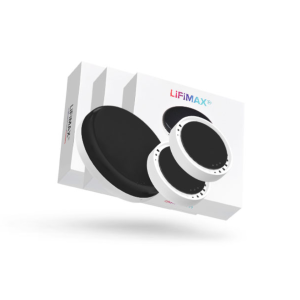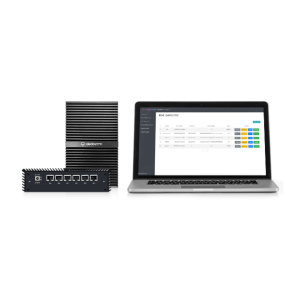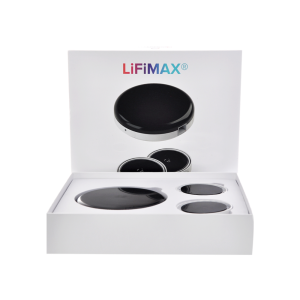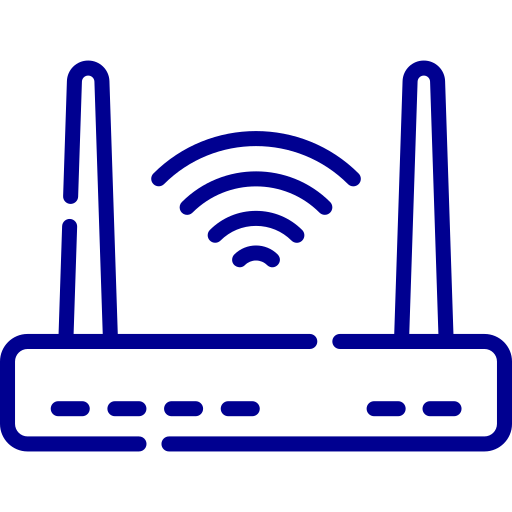A New Era of Wireless Connectivity
LiFi represents the forefront of wireless communication, harnessing the potential of light to deliver a high-speed, secure, and efficient alternative to conventional Wi-Fi. By utilizing LED or IR lighting to transmit data, LiFi technology offers a revolutionary leap in internet connectivity, boasting speeds that can outpace traditional methods. This technology not only provides a faster, more reliable connection but also introduces an unprecedented level of security, as light does not penetrate through walls, ensuring data remains confined to its intended environment. Our LiFi products embody this innovative spirit, crafted to unlock new possibilities for users seeking superior performance in their digital interactions.
Discover LiFi’s Advantages
Shaping the Future of Communication
LiFi.co stands at the forefront of the LiFi technology revolution as a premier distributor of cutting-edge LiFi solutions. Our collaboration with the industry’s largest brands has positioned us as a key player in the market, allowing us to offer a comprehensive range of high-quality LiFi products. Our joint efforts in launching some of the leading LiFi innovations underscore our commitment to advancing this transformative technology, providing our customers with unparalleled access to secure, fast, and reliable wireless communication solutions.
LiFi Products Market Overview
The LiFi market is experiencing a surge, fueled by the increasing demand for robust, secure, and high-speed internet solutions. As pioneers in this space, our LiFi products are designed to meet these needs, offering unparalleled advantages over traditional wireless technologies. With applications spanning multiple industries, from secure government communications to streamlined operations in healthcare, LiFi is setting new benchmarks for connectivity. Our commitment to excellence and innovation positions us at the helm of this technological revolution, providing solutions that not only enhance connectivity but also pave the way for future advancements. As the market continues to grow, our focus remains on delivering products that redefine the essence of wireless communication.Discover the Power of LiFi
Leverage the unmatched speed and security of our advanced LiFi technology to unlock new realms of possibility for your internet connectivity. Whether for enhancing home networks, streamlining corporate communications, or pioneering smart city infrastructure, our LiFi solutions offer a versatile and robust foundation for all your connectivity projects. Join us in leading the charge towards a brighter, more connected future with LiFi at its core.
LiFi Applications and Use Cases
LiFi technology finds its application in a myriad of settings, each demonstrating its versatility and capacity to revolutionize how we connect. In healthcare, LiFi ensures the secure transmission of sensitive patient data, mitigating the risk of breaches prevalent in radio-based systems. Educational institutions benefit from LiFi’s ability to facilitate a more interactive and engaging learning environment, free from the constraints of conventional internet connections. In industrial settings, LiFi enhances operational efficiency by providing reliable, high-speed connectivity in areas prone to electromagnetic interference. Beyond these, LiFi extends its reach to smart homes, aviation, and public Wi-Fi, offering a glimpse into a future where light becomes the backbone of our digital world.
Personalized Connectivity Solutions
At LiFi.co, we understand that every client has unique connectivity needs. That’s why we offer customized LiFi solutions tailored to your specific requirements, beyond our standard product offerings. Whether it’s for specialized industry applications or innovative project deployments, our team is ready to design a LiFi solution that perfectly fits your scenario. Start a conversation with us about your custom LiFi needs, and let’s pioneer the future of connectivity together.
Envisioning LiFi’s Impact on Tomorrow’s Tech Landscape
The future of LiFi technology holds immense potential for reshaping connectivity, especially with its integration into the Internet of Things (IoT). As devices become increasingly interconnected, LiFi stands out for its ability to offer secure, high-speed data transmission, reducing reliance on congested radio frequencies. This advancement could revolutionize how we interact with smart devices, enhancing efficiency and security across various applications. Moreover, its application in areas beyond traditional connectivity, such as in vehicular communication and augmented reality, signifies LiFi’s role in driving the next wave of technological innovation.Stay Updated On All Things LiFi
Subscribe to our FREE newsletter
Participate in LiFi product giveaways
Get LiFi news updates
